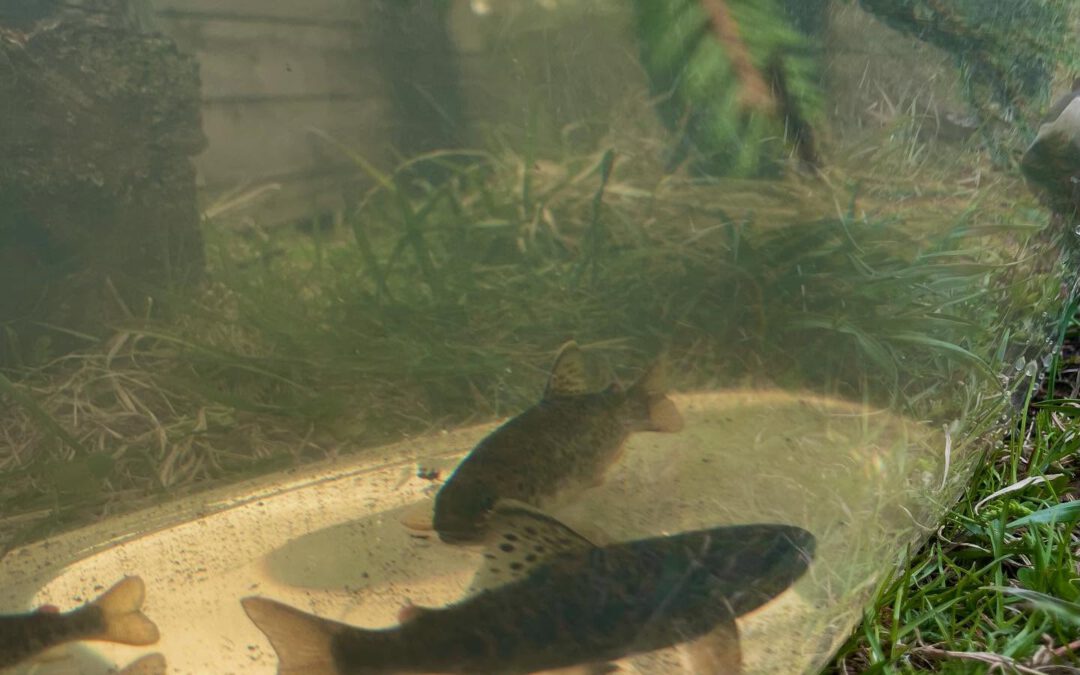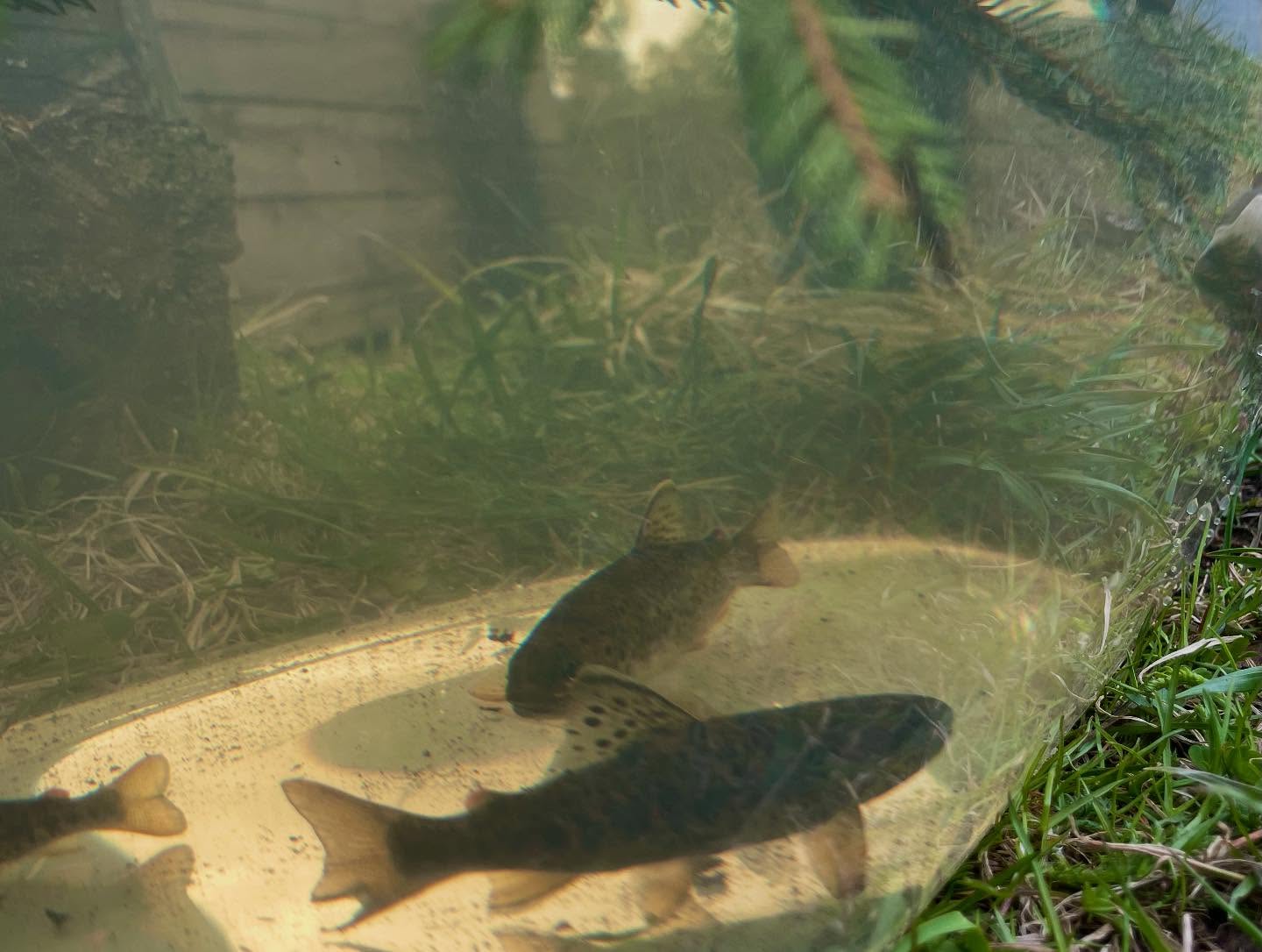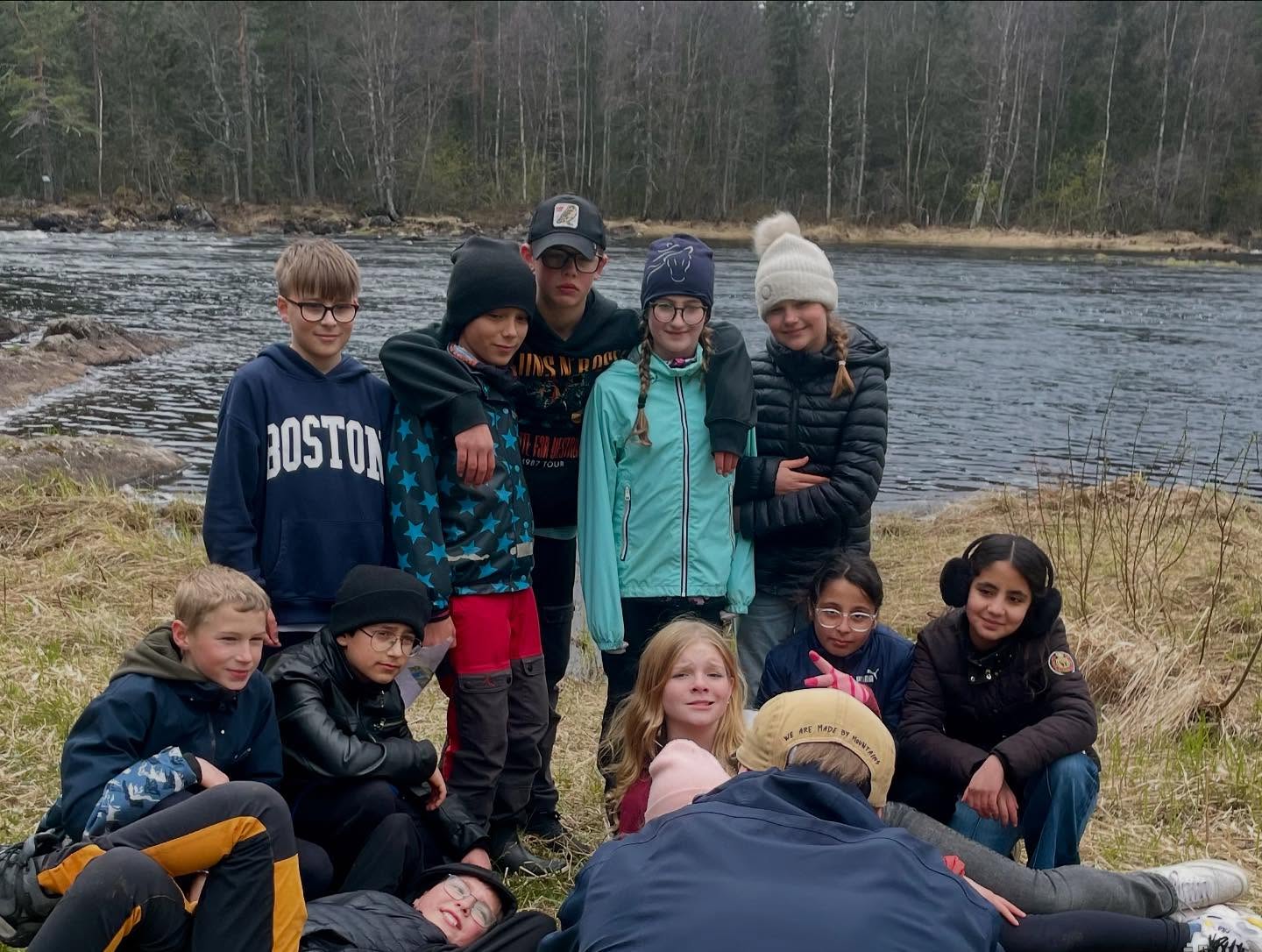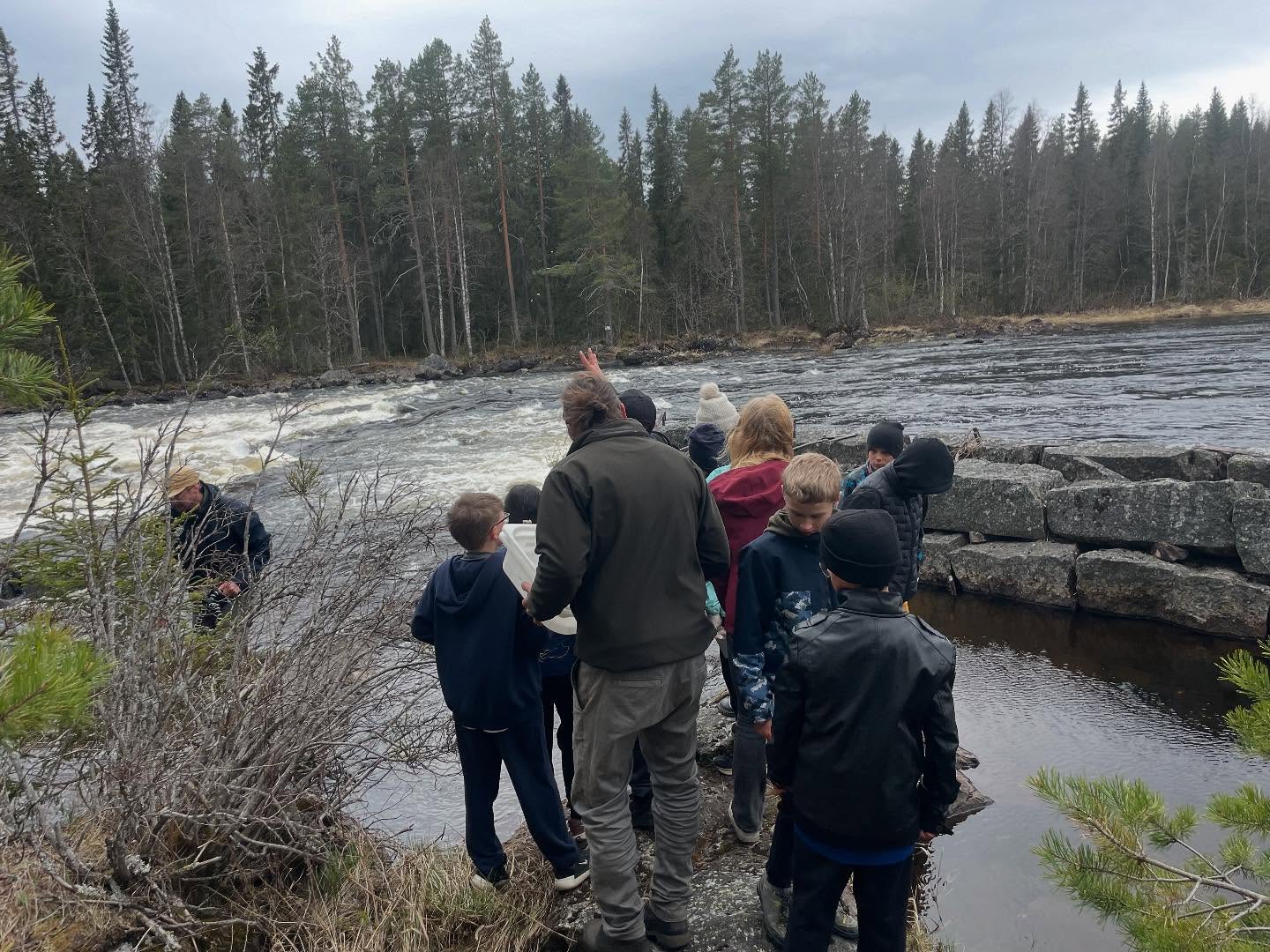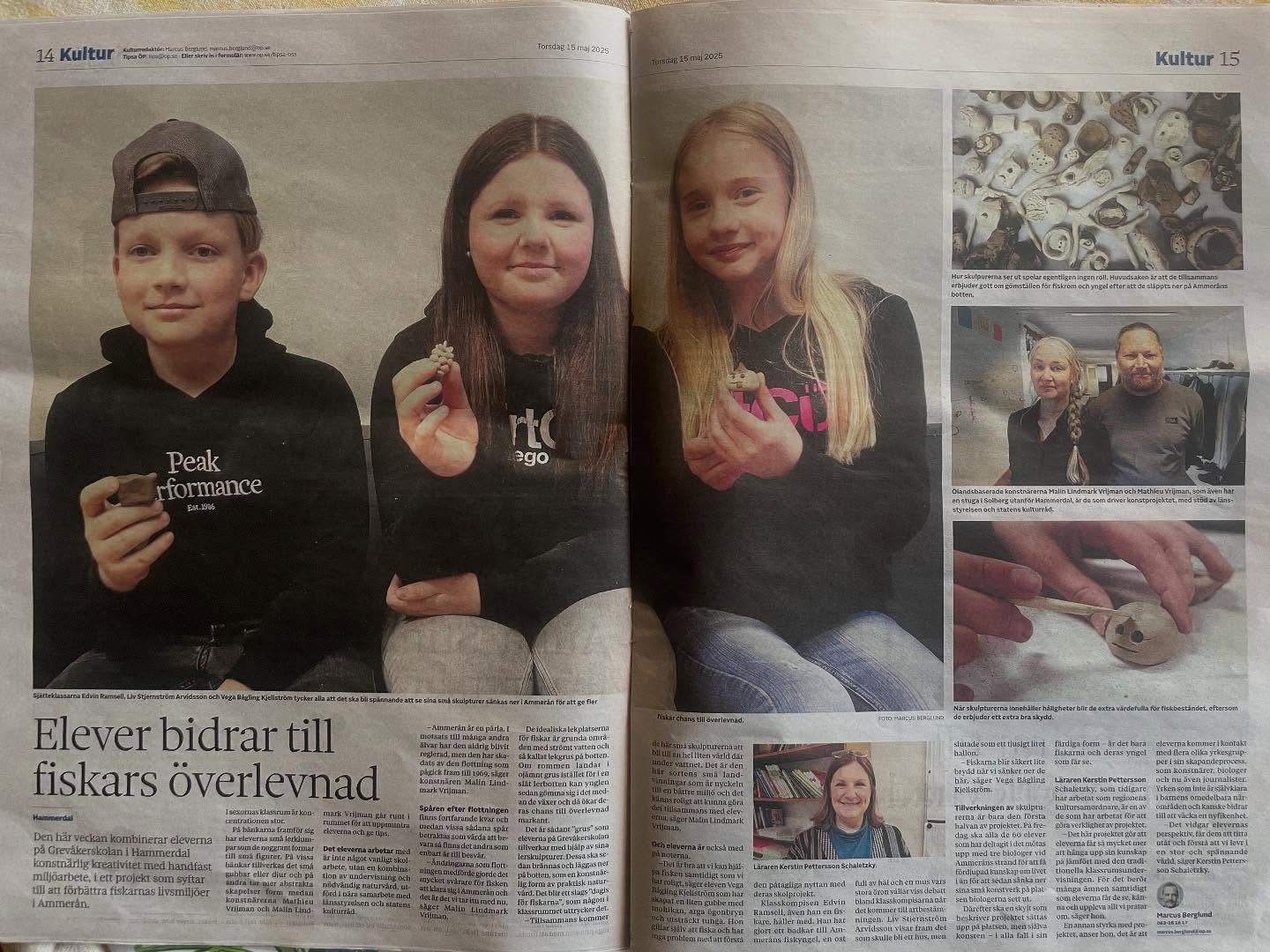
Earthworks 2007
Earthworks 2007

Earthworks 2007 Environmental arts and agriculture experiment on site Site – specific – locally produced?
We consider this direction within contemporary artpractice to be the far most relevant at the moment, and we recognize that its resting on long traditions. One predecessor is legendary Robert Smithson, which can be seen as the one establishing the term “site specific” art. His Earthworks were sited “in the physical, raw reality” and related visually and tactile with the surrounding landscape. For Earthworks 2007, we have selected a varied group of emerging Nordic visual artists that will develop and explore the meanings of site specific works today. The artists we have selected to take part work in various contemporary disciplines, such as web based, graffiti/streetart, performance and social interventions, and will naturally work within their known techniques also here. Sited works in our understanding of the word would be works that are located in a specific place within a system and functions within that system. In the premises of Kultivator, which includes a dairy farm, vegetable fields and sheep and chicken breeding, many small scale systems for production can be found, and new ones are constantly invented. The invited artists will during a week long direct physical work go into these systems and create works that challenge (or confirm) the statements of our predecessors. Long term aim/purpose: With globalized society logic, production as ineffective as in our climate, can hardly be defended except from out esthetical or sentimental view. With strong visual statements from young Nordic artists, in contemporary media, we want to offer images of our agricultural landscape that are not sentimental, but heading forward toward new futures. Re- thinking the globalized trade logic into one that sees things in context, or, if you like, as part of a sustainable system.
Participants
Oscar Guermouche, El Parche, Bengt Olof Johansson, Marlene Lindmark, Benn Sena, Helena Wikestam, Lishar Eshkoly, Randy Albright, Kalle Runesson, Sara Sena da Silva























